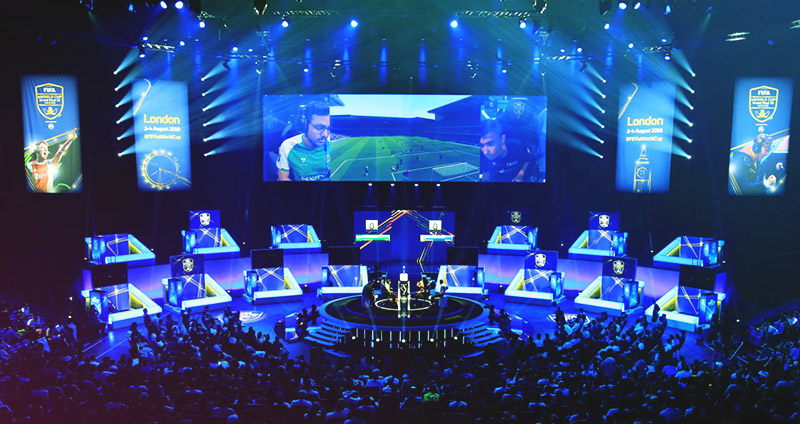The world has seen the revolution of sports broadcasting taking new turns because of esports. Esports has grown from being just small-scale events at LAN parties to filling up stadiums. Millions of fans are tuning in to popular sites to watch as people compete to play these games.
One of the interesting things happening is the investment of broadcasting technology employed in esports events. New innovations and techniques are being developed, one of them being cutting-edge camera innovations.
The Role of Cameras in Esport Broadcasting
The role of cameras has always been to showcase whatever is happening on the grounds to live audiences. However, esports broadcasting has evolved to leverage storytelling techniques to showcase the gaming action to audiences. Capturing the game itself is straightforward, but viewers need to feel more present like they would have been if they attended physically.

The role comes out even clearer when looking into other industries. For example, the online gambling industry employs the use of cameras for events such as live casino gaming. Numerous free bets casino platforms and sites utilise enhanced camera technologies to relay live feeds from live dealers to online players. Players are able to have an immersive experience from the comfort of their homes and feel like they are in a physical casino.
Good Setup Counts
The importance of having a good setup of well-advanced cameras cannot be underestimated. Take, for instance, a broadcast covering the annual eChampions League tournament. The broadcast would require a multicamera setup to capture different aspects of the tournament, including player reactions, the live gameplay, reactions from the physical audience and live statistics. A camera height of 17-20 and a zoom between 0-3 will also enhance the gaming experience.
According to the CEO of Best Broadcast Hire (BBH), Ulrik Samuelsen, the normal challenge in dealing with an esports broadcast is the frequency integration required between the live and computer images. Because of this, you would require equipment that achieves little to no latency. The equipment should also achieve superior image quality, delivering HDR images in both UHD and HD.
Different Types of Cameras Used
POV cams
Also known as Action cams, point-of-view cameras are designed to capture the scenes in front of a person. They are typically used to see views from angles that might be difficult for larger cameras to fit.
PTZ (Pan-Tilt-Zoom) Cameras
These cameras are operated remotely without the need for a physical handler. They are stationed at different units to capture different moments during tournaments. Setups can be made to capture the individual players or live commentators.
DSLR and Mirrorless Cameras
These are popular choices when you want to film in situations where light and distance from your subjects keep on changing. Mirrorless cameras are especially good for getting more compact videos.
Summary
With the increasing growth of the esport industry, there has been a revolution in the production methods. Now, viewers are able to catch on to the games having great points-of-view from the comfort of their houses. Esport broadcasting is making strides to ensure maximum viewership engagement.
 FIFA Infinity The Absolute FIFA Site
FIFA Infinity The Absolute FIFA Site




